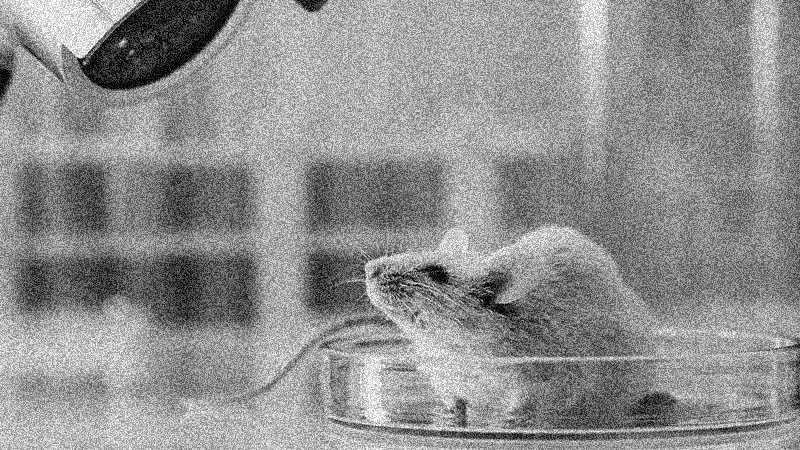Test medicine on animals, not people
December 13, 2019
In the debate against animal testing, it has come down to two sides: either the person likes animals, or they don’t. There seems to be zero middle ground and absolutely no compromising. But undoubtedly, without animal testing, there would not be nearly as many medical advances as there are now. Ian Murnaghan, renowned environmental health and safety specialist, published a timeline on animal testing starting all the way back in the 1850s, when Charles Darwin’s evolutionary theory suggested that “animals could serve as effective models to facilitate biological understanding in humans.” Before insulin was isolated from dogs in 1922, individuals with diabetes would waste away from the “metabolic effects of uncontrolled high blood sugar.” Soon after, anesthetics and kidney dialysis were created because scientists used animals. These medical advancements may not seem important, but when someone’s wisdom teeth are being removed, anesthetics are going to be appreciated. Basic medication like pain meds would be nowhere near where they are today if we did not have the help of animal testing.
History has also shown that without testing, many people can be injured or killed. Thalidomide was a drug in the early 1960s which was hailed to be able to cure everything from colds, headaches, and morning sickness. Thousands of pregnant women took it and as a consequence 10,000 children in 46 countries were born with missing limbs and malformations. This drug had not been tested prior on animals, and as result, thousands of children were harmed, according to the National Center for Biotechnology Information. In 1937, more than a hundred people were poisoned by placing diethylene glycol, unaware of its poisonous effects, in a drug and distributing it to the public. This chemical was also not tested on animals prior to it hitting the market.
Obviously, if there are alternative ways to test different medicines that do not endanger animals, those should be the go-to; however, human life should be valued and taken into consideration when it comes to testing unknown medications. When pain medicine was being prescribed, the addictive effects were not fully tested and soon began the opioid epidemic that America is still battling today.
Different acts such as the Cruel Treatment of Cattle Act of 1822, the Cruelty to Animals Act of 1876, the Federal Food, Drug and Cosmetic Act in 1938, and the Animals Scientific Procedures Act in 1986 have helped to protect animals from any extremely cruel treatment.
Until there is a way to test every drug to make sure that thousands of humans do not die, animal testing, if done humanely, is necessary for the survival of humans. No one wants to bring harm on dogs, cats, mice, rabbits, or even frogs. But, unfortunately, to keep humans as healthy as possible, animal testing is crucial.




